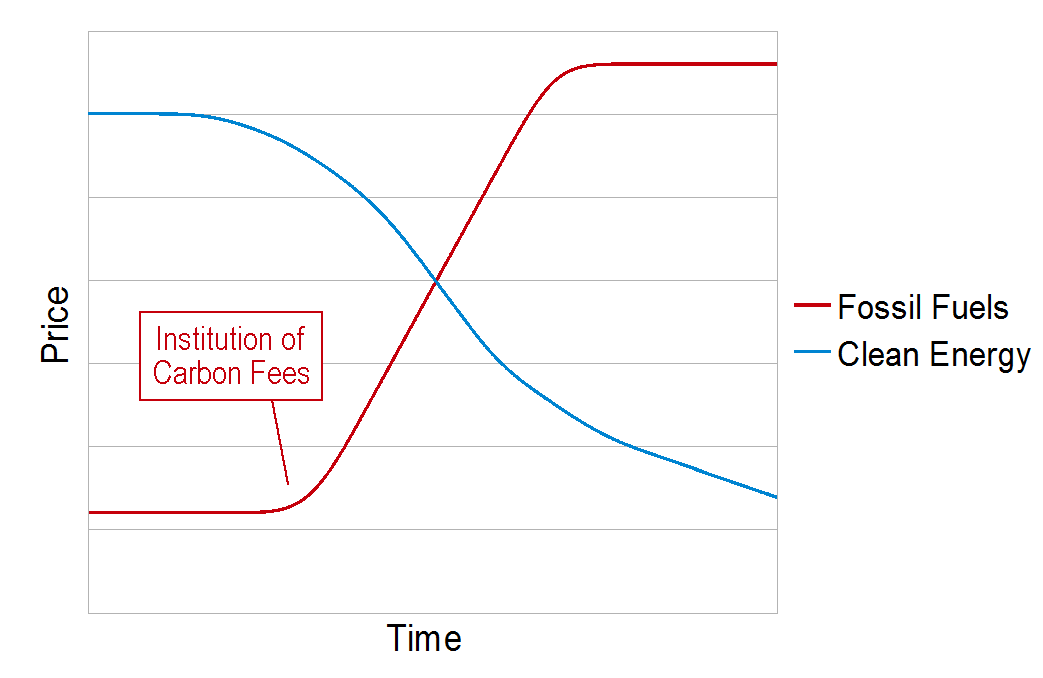Plugged-In Age Feeds a Hunger for Electricity (NYT)
LEED Label No Guarantee of Energy Savings
LEED Label No Guarantee of Energy Savings (NYT)
Cash for Coal?
Cash for Coal? (Steve Kirsch, HuffPo)
Water Charges Spur Golf Courses to Conserve
Water Charges Spur Golf Courses to Conserve (NYT)
White Roofs Catch on as Energy Cost Cutters (NYT)
White Roofs Catch on as Energy Cost Cutters (NYT)
Royal Society: Energy Prices Must Rise to Combat Climate Change
Royal Society: Energy Prices Must Rise to Combat Climate Change (Guardian)
What Worked for Acid Rain Won’t Work for Climate Change
Guest Post by Laurie Williams and Allan Zabel
Advocates of a carbon cap-and-trade system claim it has been “proven” to work in the U.S. acid rain program. This claim has a surface appeal, insofar as reductions in acid rain emissions have been accomplished under the auspices of a sulfur dioxide (SO2) cap-and-trade system mandated in the 1990 Clean Air Act Amendments. However, it ignores crucial differences between the acid rain problem and the climate crisis we face today.
Since 1990, U.S. emissions of sulfur dioxide — the primary constituent of acid rain — have fallen by an estimated 43%. These reductions did not require replacing the vast majority of our existing energy infrastructure with new infrastructure in a relatively short time. Nor did they require significant technological innovation.
Rather, the program entailed reducing SO2 emissions, while minimizing costs, from a limited number of carefully monitored facilities. Allowing trading of emission permits helped keep the cost of coal-fired electricity low. To reduce emissions, existing coal-fired power plants required either new railway lines to transport readily-available low-sulfur coal, burner modifications to accommodate the change in fuel, or more-efficient scrubbers. Little new technology or infrastructure was needed or created. Climate-protection legislation must do the opposite; it must increase the relative price of fossil-fuel energy to create incentives for energy conservation and massive investments in new clean energy infrastructure.
Moreover, in the attempt to adapt cap-and-trade to address climate change, key features of the acid rain model have been compromised. These modifications have led to inaccurate emissions measurements, fraudulent outside offsets, program manipulation, price volatility, over-allocation of emission allowances, and billions of dollars in undeserved profits.
Concurrent with inception of the acid rain program, the U.S. devised and deployed a different economic mechanism to meet Montreal Protocol commitments to reduce ozone depleting chlorofluorocarbon emissions. As then-EPA Administrator Reilly noted in his statement to the Montreal Protocol parties in June 1990:
On January 1, 1990, a new tax went into effect in the United States, a tax on the manufacture of CFCs. This tax exceeds in value the cost of CFCs themselves and it will rise steeply in the years ahead. . . . This added cost of CFCs sends a powerful signal: it says bring on the substitutes fast! And it reduces the comparative economic advantage CFCs would otherwise enjoy over the more expensive substitutes. This tax on CFCs has already caused the United States to reach the agreed targets for reduction earlier than required.
As experience with the CFC tax demonstrates, a fee or tax that raises the price of a source of pollution above that of cleaner substitutes can help in quickly meeting reduction targets. Indeed, the CFC tax helped cut U.S. emissions of CFCs by 37% in one year, from 1989 to 1990.

If high enough carbon fees are applied to fossil fuels to make fossil fuels more costly than clean energy within a known time frame, the entire economy will be stimulated by the rush to develop the most cost-effective substitutes. The CFC-tax example, rather than the Acid Rain cap-and-trade example, is the appropriate model for the problem we face with climate change.
There is a vast difference, however, between the cost and scope of transitioning from CFC’s and that of transitioning from fossil fuels. The respective amounts of money involved differ by several orders of magnitude — a difference that demands careful treatment of program revenues to protect poor and middle-income families. We recommend that 100% of carbon emission fees be distributed monthly in equal per capita rebate payments to all adults (less for children). This approach will help keep energy affordable without undercutting incentives for conservation and the critical message to investors: investing in fossil fuels is a dead end, investing in clean energy is the best way to profit in the future.
The climate crisis demands a rapid global response. Fast and effective action by the U.S. can kick-start the global transition. Massive investment in clean energy can help revive our economy and restore our global leadership. We urge all Americans to speak out in favor of a carbon fee or tax approach. If we don’t, then less efficient and equitable approaches such as cap-and-trade will carry the day.
For a more detailed look at these issues, see our paper, Keeping Your Eyes on the Wrong Ball.
The authors have both been public-sector environmental enforcement attorneys for more than 20 years. Their credentials, and a more detailed discussion of the issues above, are provided on their website, www.carbonfees.org.
Graphic: Usi Scott.
Renewable Portfolio Standards are a Moving Target for States
Renewable Portfolio Standards are a Moving Target for States (NY Times)
Al Gore: The Climate for Change
Al Gore: The Climate for Change (NY Times op-ed)
A Splash of Green for the Rust Belt
A Splash of Green for the Rust Belt — Wind Turbines Revive Mfg’ing (NY Times)
- « Previous Page
- 1
- …
- 6
- 7
- 8
- 9
- Next Page »
